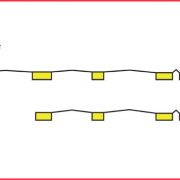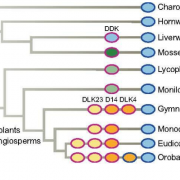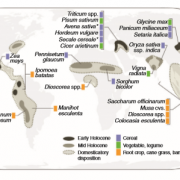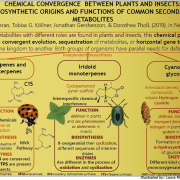Large-scale phylogenomic analysis resolves a backbone phylogeny in ferns (GigaScience)
A look back at the most popular articles shared on Plantae social media in 2018.
Plantae Social Media Interns Katie Rogers and Juniper Kiss have been reviewing the 2018 stats. Previously they shared the most popular posts overall. Here, they share the posts to research and review articles that got the most responses on the social sites. Enjoy!
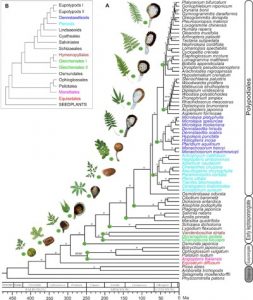 Ferns (monilophytes) originated about 360 million years ago, predating dinosaurs, while today ferns are the second most diverse group of plants. Recent morphological and molecular analyses have shown that ferns are a sister group of seed plants, have approximately 10,500 living species and provide a unique insight into how vascular plants evolved. In terms of genomics, ferns underwent multiple cycles of polyploidy (whole‐genome duplications) accompanied by subsequent diploidization while retaining high chromosome numbers.
Ferns (monilophytes) originated about 360 million years ago, predating dinosaurs, while today ferns are the second most diverse group of plants. Recent morphological and molecular analyses have shown that ferns are a sister group of seed plants, have approximately 10,500 living species and provide a unique insight into how vascular plants evolved. In terms of genomics, ferns underwent multiple cycles of polyploidy (whole‐genome duplications) accompanied by subsequent diploidization while retaining high chromosome numbers.
Before the first fern genome was published in July 2018, Shen et al. used the RNA-seq approach to carry out an extensive phylogenomic analysis of 69 fern species representing all important linages. Previously, fern phylogenetics relied on plastid genes, combined with a few nuclear genes or morphological traits. The results published in GigaScience strongly supported that Equisetales (horsetails) are the sister group to all other monilophytes. The coalescent method revealed that Psilotales (whisk ferns), Ophioglossales (moonworts), and Marattiales (king ferns) form a monophyletic clade which is sister to true (leptosporangiate) ferns. A new evolutionary route of the sporangial annulus (row of cells on the sporangium) in the leptosporangiate ferns is also revealed by morphological analysis. This study provided new insight into fern evolution, revealing the backbone of fern phylogeny before the first fern genome was available in 2017-2018.
Our Facebook post of this publication reached 13,300 people and had over 1,600 engagements, 128 shares in March 2018. (Summary by Juniper Kiss, https://doi.org/10.1093/gigascience/gix116)



